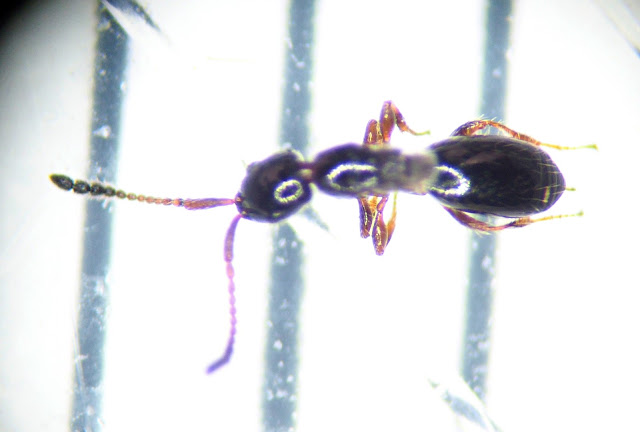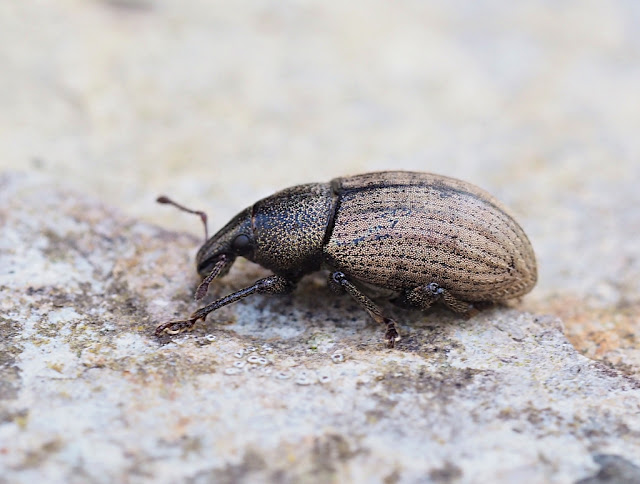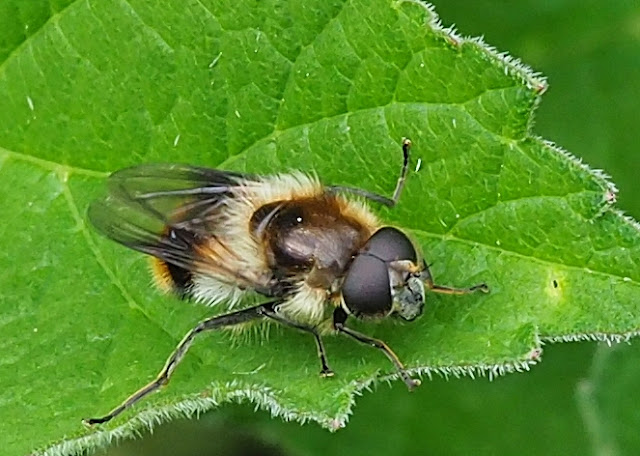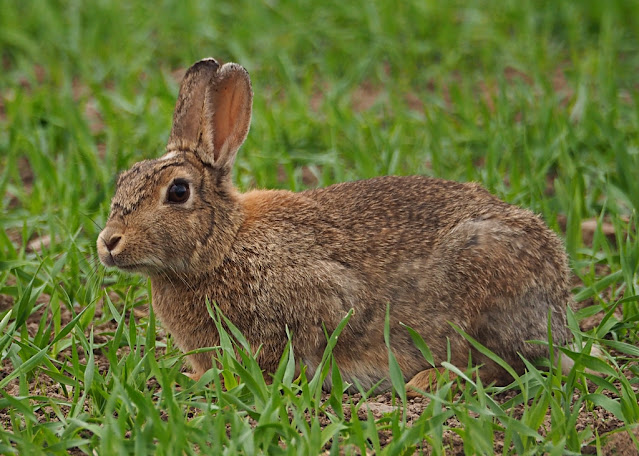I do at least know what what3words is now, although the time I tried to use it for important information, dying Bonxie, bird flu casualty, it pinpointed a spot in Zimbabwe. Good job I hadn't fallen down a rabbit hole, or some such. The signal was a bit flakey at the spot so perhaps that's why it failed, not especially reassuring for older geezers like myself, the recommended safety app, not, in this case at least.
Of bird flu, things are not good. Today within 50m of beach, dead Gannet, 4; Guillemot, 2; Whooper Swan, 1. If it's in the Gannet and Guillemot colonies and they are susceptible, Gannet appear to be, there will be carnage. I'm not posting images of the corpses. Reported to DEFRA for their data.
On a more cheerful note the same outing produced two new species, one of which I'm certain of, the Carabid beetle Broscus cephalotes, a serious monster of a beast. And a plant, Sand Sedge, possibly, awaiting confirmation.
 |
| Broscus cephalotes, rubbish habo shot with it wearing a Sea Mouse-ear designer hat. |
 |
| Carex arenaria, I think. |
Also on the beach a lot of juvvy Mitopus morio, a common but attractive looking Opilione.
 |
| Mitopus morio. |
I've run moth traps once, rather disappointing with just White Ermine NFY. Not many intruders either.
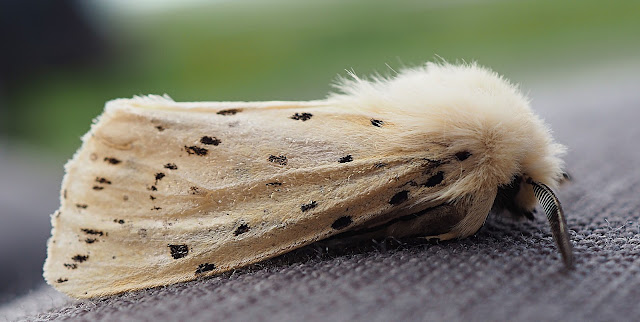 |
| White Ermine. |
There was one opportunity to go out with the Thrift Clearwing pheremone and I forgot to take it, otherwise wind and rain have predominated. So much so that I spent nearly all yesterday studio photographing beetles (mostly) for iRecord entries and my Flickr catalogue, next jobs. There's still a pile of stuff to identify.
Today's birding highlight was a dark phase Arctic Skua storming through The Shunan. A couple of Sand Martin there as well, there have been very few here, but plenty on the coast so far this year.
Identifying some stuff just takes a long time. This click beetle, Elateridae, I approached with some dread as I know they're tricky and the features in the key hard unless you're keying them regularly. And I don't often find click beetles here. I think this took me the best part of four hours in three sessions, however, I'm pretty sure I'm on the money. It's a good job I've retired, no way could I have been tackling these epic tussles with keys last year. I've even had a go at an Aleocharine or two, bit mad that...
 |
| Aplotarsus incanus. A common enough thing, and recorded here a few times. |
Gardening has been going on and defending against the Rabbit hoardes takes more time.
Anyway, this Clematis on the house is having a good year, due to my efficient autumn pruning, no doubt (eh, Louise!).
At the coast the Thrift is in good bloom, along with Spring Squill and Bird's-foot Trefoil. I love how the Thrift ventures to where other plants cannot or will not go.
 |
| Thrift. |








